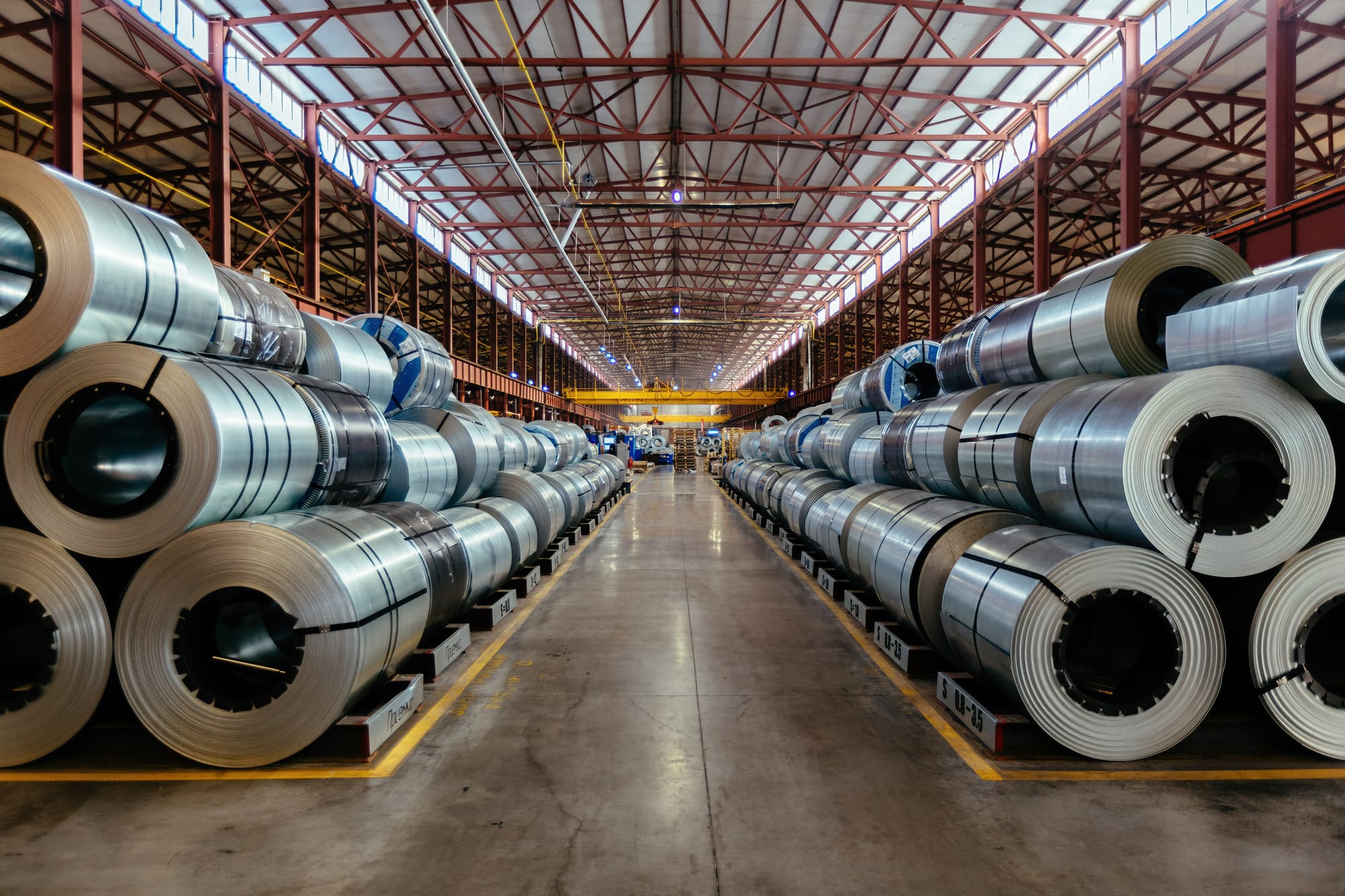Extension of steel safeguards is hugely significant, now focus must shift beyond 2026

26 June 2024
The Secretary of State for Business and Trade, Kemi Badenoch, has given the go ahead to extend the UK’s steel safeguards for all 15 product categories until June 2026. This decision comes after the Trade Remedies Authority (TRA) recommendation in May to maintain all steel product categories currently covered by the measure.
This is a major decision for the UK's steel sector. Safeguards are an essential trade remedies tool used to shield industry from surges in imports as a result of trade diversion and distortions in international trade. All the reasons why the UK’s steel safeguards were first introduced are not only still in place, but conditions have in fact deteriorated. Trump era Section 232 tariffs continue to deflect trade to exposed markets, while global steelmaking overcapacity of 60 times the UK market continues to rise against a backdrop of high costs and weak steel demand.
The TRA found that if the safeguard measures were not extended beyond June 2024, steel imports into the UK would likely increase causing severe injury to UK producers. Robust trade defence sits at the heart of a well-functioning steel market, correcting for trade distortions elsewhere and ensuring fair competition. However, the trade remedy tool can only be applied until June 2026 according to World Trade Organisation rules. With global steelmaking capacity only on the rise, the problems faced by the steel sector will not go away any time soon and UK Steel is now working on new models for future remedies.
Responding to the extension of the UK’s steel safeguards, UK Steel Director General, Gareth Stace, said:
“Today’s decision by the Secretary of State to maintain UK steel safeguards is vital to the sector at a time of rising global steelmaking overcapacity and trade deflection from other protected markets.
“While today’s extension of the steel safeguards has bought us some time, we are acutely aware that the trade challenges we face will persist beyond 2026. Global excess capacity is fast approaching unsustainable levels, fuelled by state subsidies and mostly from high-emission blast furnaces. Addressing excess capacity is not just a trade objective but should be part and parcel of any carbon leakage strategy too.
“UK authorities and the steel sector must now assess and revamp the trade policy toolkit, form alliances with like-minded countries and boldly challenge the rules-based system so that it works for the UK. UK Steel is committed to working with officials and the TRA to prepare for what the post-safeguards future has in store.”
Download UK Steel’s safeguards fact sheet here.
- Safeguards are a trade defence instrument setting tariff-free quotas based on historical imports. Once quotas are exhausted a 25% tariff applies.
- The purpose of safeguards is not to limit or reduce imports, but to act as a cap to significant increases in imports resulting from trade distortions.
- Steel safeguards were introduced in 2018 at an EU level in response to US Section 232 tariffs causing trade diversion and global steelmaking excess capacity.
- While the US has since agreed tariff-free quotas with some countries including the EU and the UK, most countries still face 25% tariffs when exporting to the US.
- The UK transitioned steel safeguards for 19 product categories in 2021, of which 15 were maintained. In its most recent review, the TRA recommended extending the measure for all 15 categories until 2026.
- The gap between global crude steel capacity and production stood at 610Mt last year, up from 556Mt in 2022, and is still rising. This excess capacity alone is more than 60 times the size of the UK market.